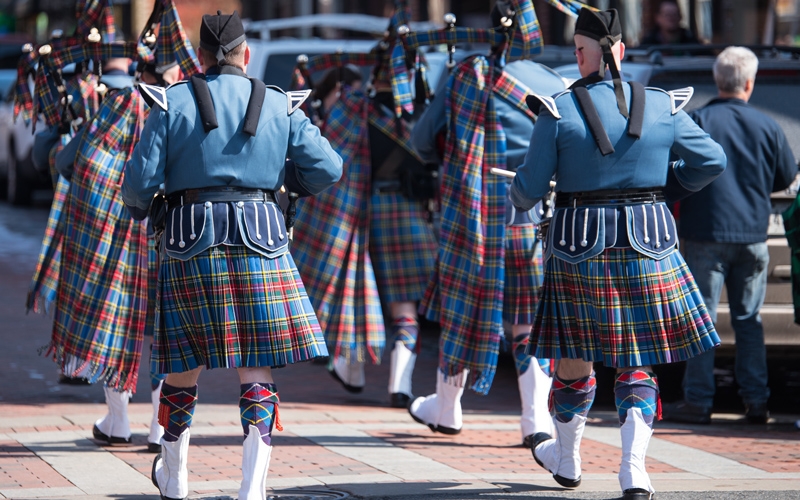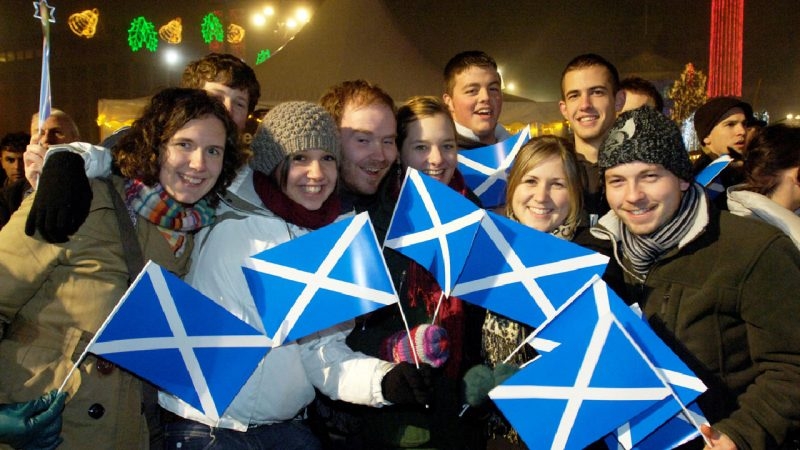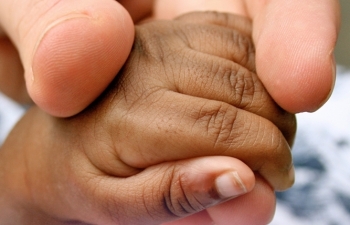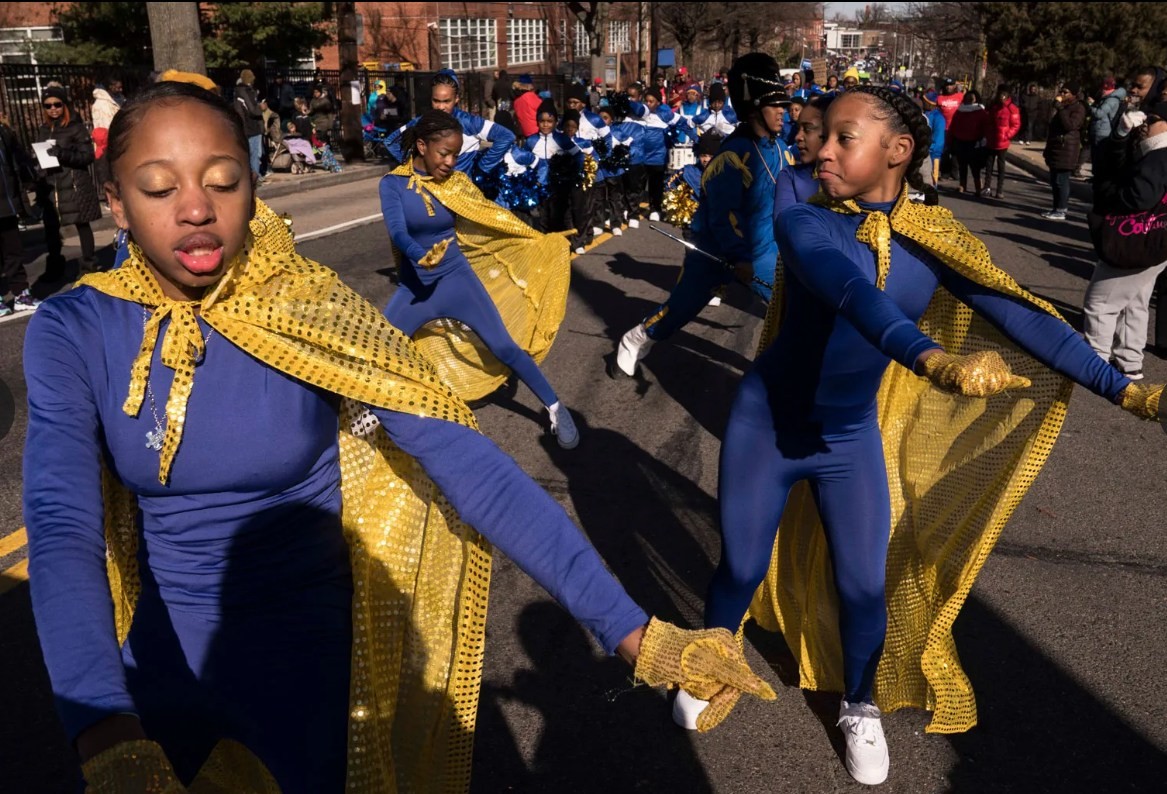What is St. Andrew's Day: Meaning, History and Celebration
 |
| Photo: FamilySearch.com |
Saint Andrew's Day, also known as Andermas is the feast day of Andrew the Apostle. It is celebrated on 30 November. Saint Andrew's Day is Scotland's official national day.
What is the St. Andrew's Day?
This is a national holiday in Scotland that is celebrated with feasts on November 30. It is also Scotland’s national day, marking the beginning of Scotland as a nation. Variations of the holiday are also celebrated in Romania, Germany, Austria, Poland, and Russia.
Holiday traditions are an important part of global cultures as well as family identities. Learn more about holidays around the world and their cultural impact. (familysearch.org)
Who is Saint Andrew?
According to Christian teachings, Saint Andrew was one of Jesus Christ’s twelve disciples. He and his brother, Simon Peter (today venerated as the first Pope of the Roman Catholic Church) were fishermen in Galilee, now modern-day Israel, when they met Jesus Christ and became his first disciples. Like Jesus, he was ultimately martyred for his beliefs, but Andrew is said to have refused a T-shape cross, deeming himself unworthy to be crucified in the same manner as Jesus Christ. Instead, he was nailed upon an X-shaped cross on 30 November 60AD in Greece, and thus the diagonal cross of the saltire was adopted as his symbol, and the last day in November designated his saint day.
Sometime after his death, a few of his relics arrived in Scotland, including a kneecap, arm and finger bone. There are many versions of this tale, but in one religious fable, Saint Rule was instructed by an angel to take some of Saint Andrew’s relics and go west by ship; wherever he would be shipwrecked, Saint Rule was to establish a church. Indeed, Saint Rule’s ship was driven ashore into the small coastal village of Kilrymont, which was eventually renamed St. Andrews and became an important pilgrimage site for Christians. - According to theculturetrip.com.
Celebrations
Now if you know anything about the Scots you would think the celebrations of their patron saint would be on the same scale as those of Ireland's - St Patrick, but somehow they aren't. St. Andrew's Day used to be a very popular feast day in Scotland. It was a common custom for farm workers and labourers to go "St. Andra'ing". They would catch rabbits and hares and later on in the day would feast and drink. But a recent survey showed many Scots didn't know when St Andrew's day was.
To address this terrible sacrilege there have been debates on and off for some time about making St. Andrew's Day a public holiday in Scotland, that way it would be easier to remember, but so far no success. However the day is celebrated by those Scots at home and abroad who know when it is wearing traditional costume - kilts, drinking traditional Scottish drink - Scotch whisky, eating traditional Scottish food - neeps and tatties, listening to traditional Scottish music - the bagpipes and enjoying traditional Scottish dancing - celidhs.
Many Scots will also wear a thistle on this day. The thistle is widely regarded as the emblem of Scotland. There are several varieties of thistle, most of them common weeds throughout the British Isles and nearly all characterised by extreme prickliness. The legend of how the thistle came to be adopted by the Scots tells of how a group of Scots were sleeping in a field when a group of marauding Vikings crept up to attack. Fortunately one of the Vikings stood on a thistle, whose prickles penetrated through to his foot and made him yell with pain, waking the sleeping Scots who were able to fight off their attackers. So, from that day, or so the story goes, the thistle has been adopted as Scotland's national emblem. - Noted by learnenglish.de.
 |
| Photo: Blogin2English.com |
Popularisation of St. Andrew's Day
Despite the fact that St Andrew has stood as Scotland’s patron saint for so many years, it wasn’t until the 18th century that the popular celebration of his day became commonplace. What might surprise you even more is that the tradition of celebrating on November 30th was not even technically started in Scotland, but by a group of ex-pats in the USA who were keen to reconnect with their Scottish roots.
It all began with the creation of the ‘St Andrew’s Society of Charleston’ in South Carolina, which was founded in 1729 by a group of wealthy Scottish immigrants. The organisation is actually the oldest Scottish society of its type in the world. They became famous throughout the region for their work assisting orphans and widows in that area.
This was followed by another society, this time in New York, which was founded in 1756. ‘The St Andrew’s Society of the State of New York’ is the oldest charity of any kind registered in New York and was founded by Scotsmen who were looking to relieve the poor and distressed in the town. From these seeds, St Andrew’s societies have spread around the world as Scots have travelled and settled in the far reaches of the globe.
| More recently, St Andrew’s Day has become more and more special to Scots and ranks as one of three major dates during the winter period. Starting off Scotland’s Winter Festival each year on November 30, people across the country gather together to celebrate St Andrew and share good times. The day is usually marked with a celebration of Scottish culture, including dancing, music, food and drink, with parties going on long into the cold winter night. - .scotland.org. |
 | Thanksgiving Day: When and why is it celebrated? In the US, Thanksgiving Day is celebrated every year on the fourth Thursday of November. International celebration Thanksgiving is also celebrated in Canada, Grenada, the ... |
 | What day is 'National Saxophone Day': History and Celebration National Saxophone Day commemorates the birth of the woodwind’s inventor, Adolphe Sax, on November 6th. The saxophone is one of the main instruments in jazz ... |
 | What is World Prematurity Day: Meaning, History and Things to do World Prematurity Day (17 November) is a global movement to raise awareness of premature birth and the sometimes devastating impact it can have on families. ... |
 | World Kindness Day: Meaning, History and celebration The celebration of the World Kindness Day on November 13 is aimed at spreading kindness to everyone. What do we need to know about this ... |


























